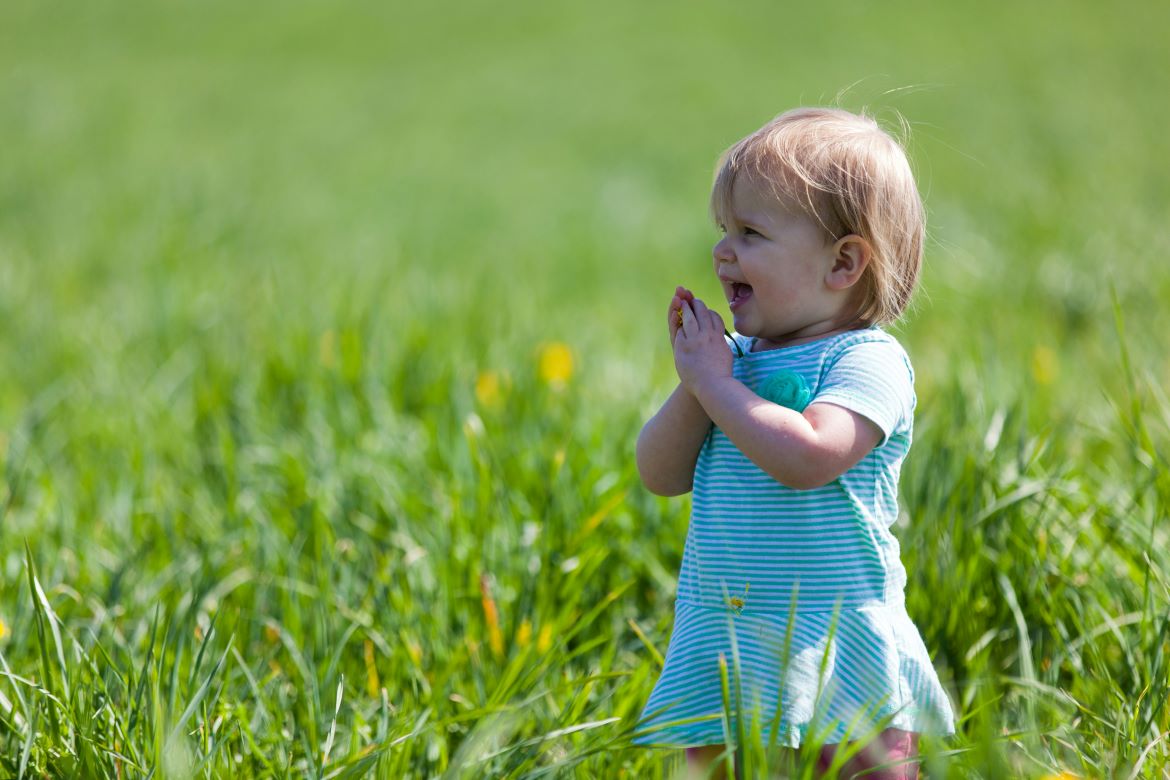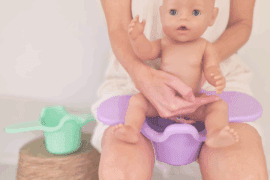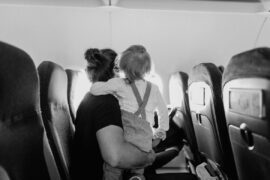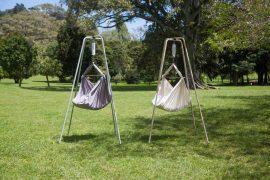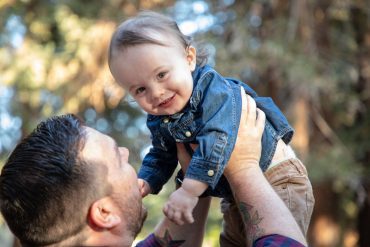Toilet training is a significant developmental milestone for toddlers and their parents. One of the key decisions parents face during this process is when to start. First off, do them at separate times. Daytime training is normally around 2-3 years with night training starting around 5. Of course, every child is different, and ages will vary. It isn’t a race, and your child will get there in the end.
Many parents prefer to start between September and April when the weather is warmer and your child is wearing less clothing. It is easier to pull down a pair of shorts vs longs, and shoes and socks and easier on the laundry.
Day Toilet Training
Day toilet training typically begins when a child shows signs of readiness. These signs may include an increased awareness of bodily functions, the ability to communicate about the need to use the toilet, and a general interest in imitating the behaviour of older family members. I say around 2-3 years, depending on your child. Girls can be a little earlier, and individual readiness varies.
It’s crucial to choose a time when the family schedule allows for consistency. Weekends or when you have annual leave can be ideal, providing more time for parents to focus on toilet training without the added stress of work or school commitments. During the day, toddlers can gradually transition from nappies to underwear (check out Snazzi Pants Day Trainers from Brolly Sheets) and practise using the toilet at regular intervals. Don’t try and train just before a new baby is due or you are about to go on holiday. There will be accidents, so pick a time when you can be more patient about cleaning up a mess or two.
Parents should encourage positive reinforcement, such as praise and rewards, when their child successfully uses the toilet. Patience is key, as accidents are inevitable, and each child progresses at their own pace. Maintaining a positive and supportive atmosphere during day toilet training fosters a healthy attitude toward this essential skill.
Night Toilet Training
Night toilet training is typically a couple of years later than day toilet training. It involves teaching a child to stay dry through the night without needing a nappy. Nighttime dryness is influenced by physical and developmental factors, and it often takes longer to achieve than daytime dryness.
The ideal time to start night toilet training is when a child consistently wakes up with a dry nappy or shows an interest in staying dry at night. It’s important to note that achieving nighttime dryness is a developmental milestone separate from day toilet training and is largely dependent on the child’s ability to control their bladder during sleep.
Have your child sleep in pyjamas or Snazzi Pants Night Trainers with a bed pad to make for an easy change at 2 am. Brolly Sheets were created for just this reason.

